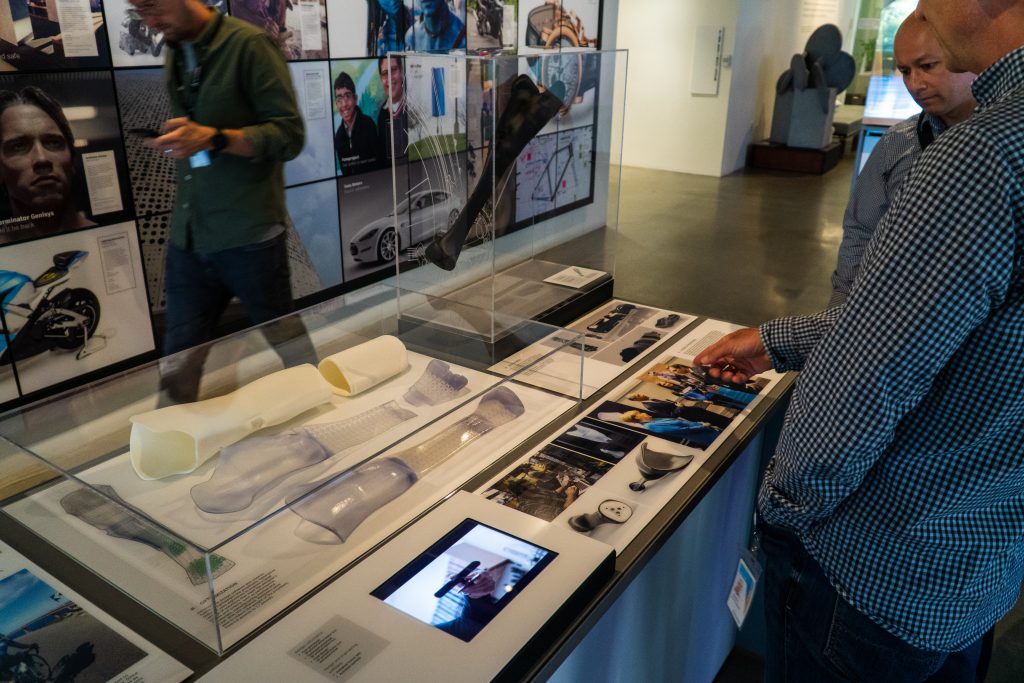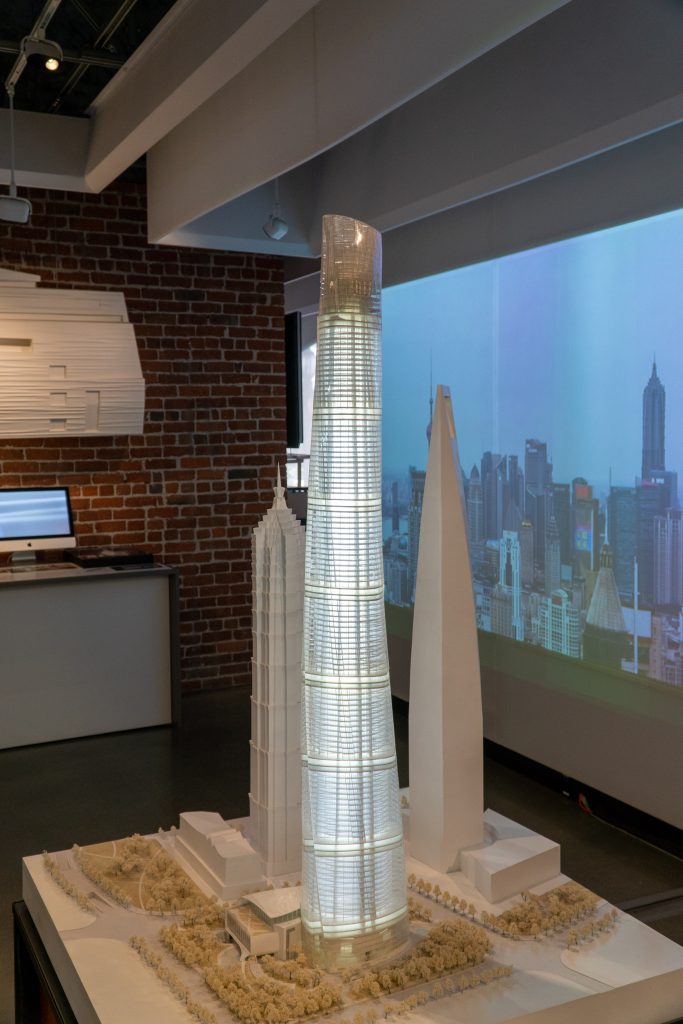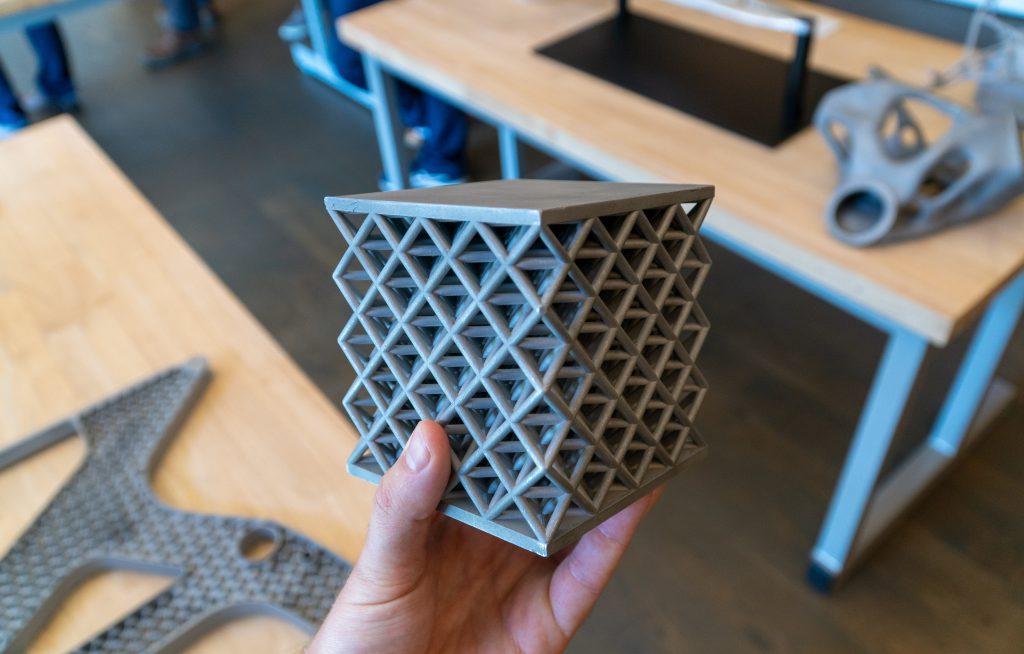This week Chris and I have been in San Francisco visiting the Autodesk headquarters. Representatives from several of Autodesk’s lighthouse institutions had been invited to discuss the future of design and manufacturing education and how Autodesk could fit into it.
It was great to develop the relationships with the Autodesk Education contacts and networking with the other universities was enlightening – not just discussing the common threads (design & manufacturing) but also seeing how the differences (between art, architecture, engineering and product design) could bring something to our respective fields.
The meetings were split between the Autodesk Gallery at One Market Street office and Technical Center at Pier 9 – both with great views over the Ferry Building and Oakland Bay Bridge.
The packed two days, started with breakfast and introductions but swiftly moved into a presentation on Learning Futures and how Autodesk were fostering teaching and certification within their products. They introduced their three paid online courses, which, in 16 weeks, would certify specialisation in one of three areas: CAD/CAM, Generative Design, and Digital Manufacturing. Following this, we had a tour of the Gallery (see the pictures below!)
The afternoon saw presentations on AI & Machine Learning and Fusion 360. Autodesk have been developing AI tools to augment their user interfaces, help democratise design, and provide deeper insight into product data. There was interesting discussion around the different levels of AI and the types of interaction between human and computer, and how they can lift cognitive load from the user. The Fusion 360 presentation lead us through the need and development of a cloud based CAD program, this then naturally extended into an end-to-end solution that supported the designer from concept all the way through to simulation and manufacture. This ensured there was no issue with converting/moving data between different software packages. We were also shown the inroads Autodesk have made into generative design and how it goes hand in hand with the CAM support of Fusion.
Day 2 kicked off with a presentation on the Forge Platform, Autodesk’s API infrastructure that enables Fusion, cloud computing, and third-party data sources to be combined into a standard web viewer. This allows companies to have multiple and granular ‘portals’ into their product data without requiring access to the underlying files. Discussions around how this could be leveraged in education followed, with examples given around sharing, demoing, and assessing. We then walked over to Pier 9, for a tour of their flexible, micro-manufacturing and robotics/AI technical center. It was amazing to see the resources and manufacturing capabilities on offer, and to hear about the residency programs and the work being undertaken.
The visit concluded with a in-depth workshop, where each of the universities presented to the group on how their teaching was structured, resources used, and where Autodesk sat in the process. This lead to discussions around the differences between courses and universities, and how we could learn from each other. A key topic of this discussion was how could the teaching material developed by Autodesk be included in the respective courses. The session wrapped up with a reflection exercise to consider our own goals around the future of learning, work, and manufacturing.
We look forward to welcoming any of the attendees of the Autodesk visit to the DMF Lab in the near future.
Pictures from the Gallery and Pier 9 tours.















